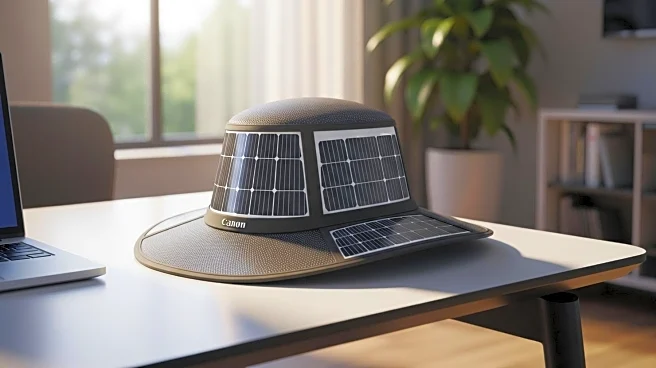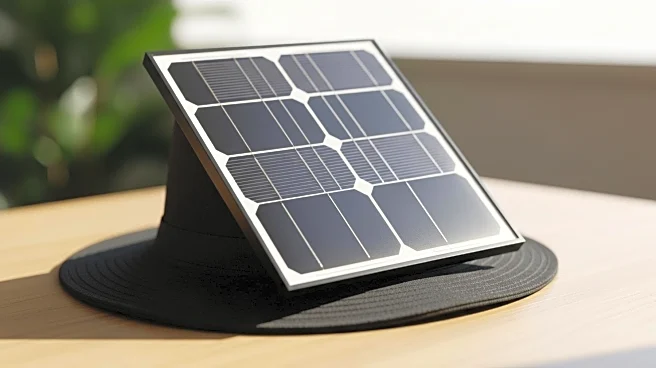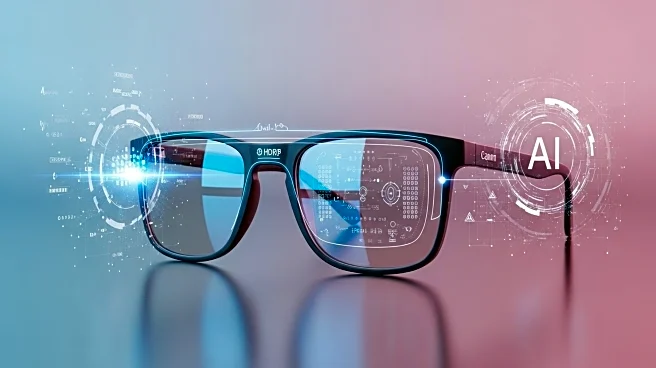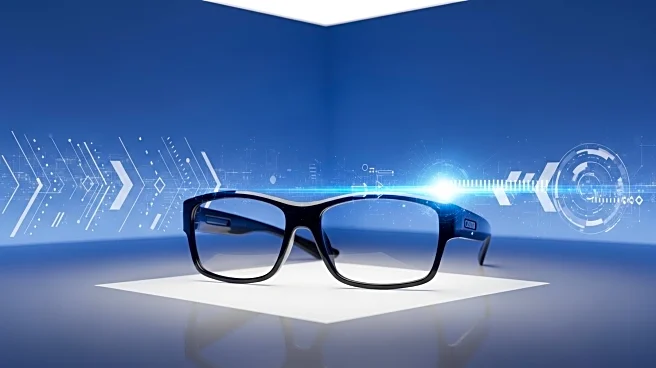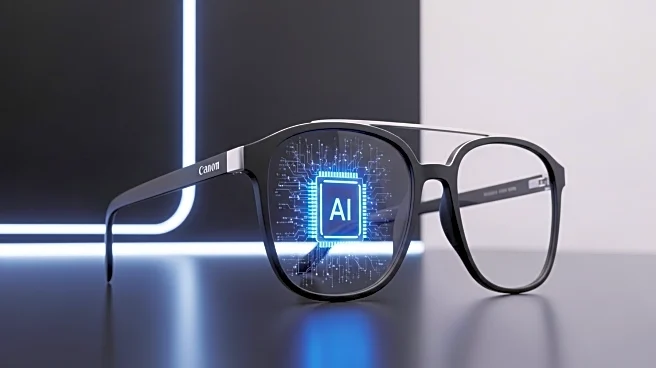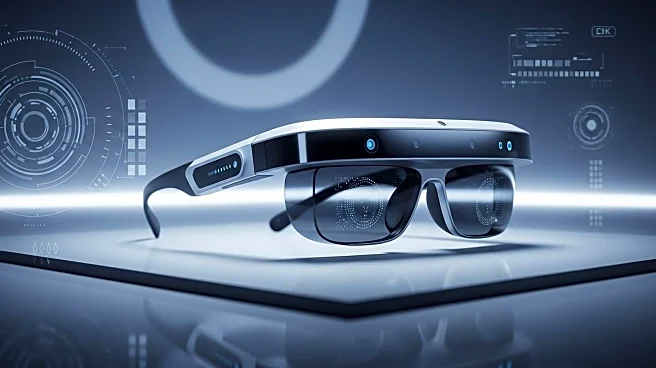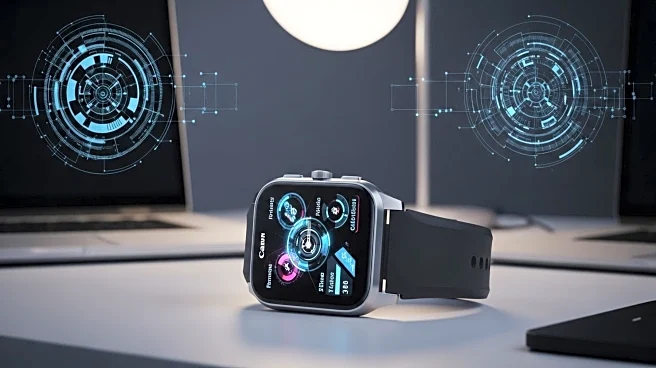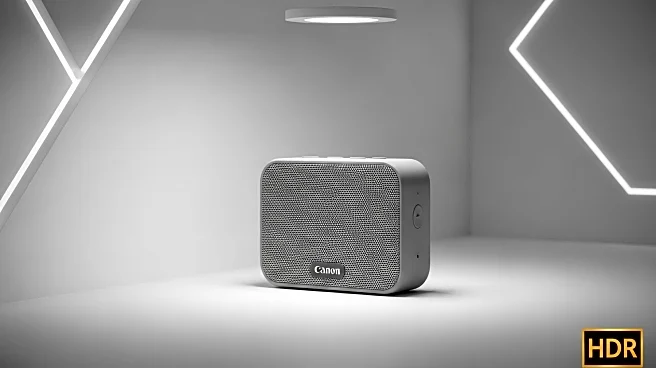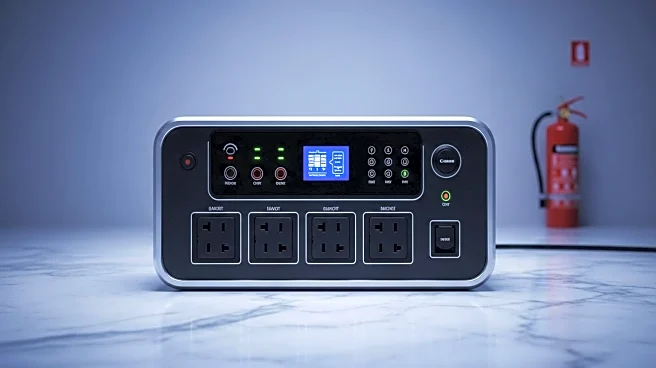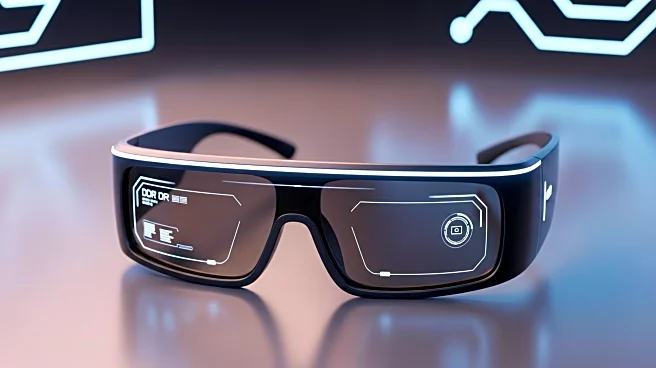What's Happening?
The EcoFlow Power Hat, a solar-powered sun hat, has been criticized for its ineffectiveness in charging devices. Despite featuring eight solar panels and dual USB ports, the hat generates only 5 watts of power, insufficient for meaningful device charging. The design, described as unattractive, requires a cable connection to the phone, complicating its use during outdoor activities. The hat's solar panels are positioned around the brim, limiting their exposure to direct sunlight and reducing charging efficiency. The product's high price and poor execution have led to recommendations for alternative portable charging solutions.
Why It's Important?
The EcoFlow Power Hat's shortcomings highlight the challenges of integrating solar technology into wearable products. While the concept of harnessing solar energy for personal use is appealing, practical execution remains a significant hurdle. This case underscores the importance of product design and functionality in consumer technology, as ineffective solutions can deter adoption and damage brand reputation. The criticism of the hat may prompt manufacturers to reconsider their approach to solar-powered wearables, focusing on improving efficiency and user experience.
What's Next?
Following the negative reception of the EcoFlow Power Hat, the company may need to address design flaws and enhance the product's functionality to regain consumer trust. This could involve redesigning the hat to optimize solar panel placement and improve charging capacity. Additionally, the company might explore partnerships with tech experts to develop more effective solar solutions. The feedback from this product could influence future innovations in solar-powered wearables, encouraging manufacturers to prioritize practicality and user satisfaction.
Beyond the Headlines
The EcoFlow Power Hat's failure to deliver on its promises reflects broader challenges in the wearable tech industry, where balancing innovation with practicality is crucial. This situation may lead to discussions on the viability of solar-powered wearables and the need for realistic expectations regarding their capabilities. The product's reception also highlights consumer demand for effective and aesthetically pleasing tech solutions, which could drive future design trends in the industry.
